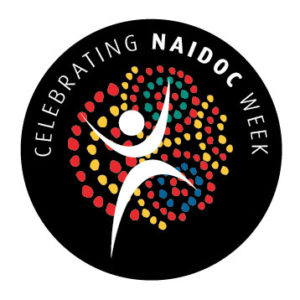It has been an inspiring week with Naidoc celebrations focusing on fine examples of leadership from indigenous women, past and present, through the theme “Because of Her, We Can”. We have learnt the stories of many women – their strengths, their passion and their achievements. Wonderful role models for their communities.
This makes it a fitting time to acknowledge the traditional owners of the Otway region. The Gadubanud, which translates as the language of the King Parrot people.
The following is an excerpt from the book “Aboriginal Languages and Clans: An Historical Atlas of Western and Central Victoria, 1800-1900”
by Ian D. Clark:
The Gadubanud people occupied the rainforest plateau and rugged coastline of Cape Otway in Western Victoria covering the present towns of Lorne and Apollo Bay. The Gellibrand and Barwon Rivers are likely territorial borders with the Wada Wurrung to the northeast, Gulidjan to the north and Girai Wurrung to the west.


There has been no documented interaction with the Gadubanud since 1846 although some may have found refuge at the Wesleyan Mission station at Birregurra and later the Framlingham Mission station.
The Gadubanud diet was rich and varied: ‘The many middens along the coast show fragments of turban shells, abalone, periwinkle, elephant fish, chiton, beaked mussel and limpets. It is known that seals, Cape Barren Geese, eels and ducks were also eaten, along with local spinach, tubers and berries. With over 100 kilometres of coastline yielding shellfish, the presence of several wetlands and productive estuaries, and the plant foods available both in open land and potentially acquired through trade with neighbouring groups and evidence from the archaeological record, historic coastal survey maps and an assessment of regional food resources indicate the existence of a sophisticated resource management regime and movement corridors that were maintained through the selective deployment of fire to generate a specific type of landscape mosaic.’
Bill Gammage’s book The Biggest Estate on Earth [2011] demonstrates that the Gadubanud people, residing seasonally at various settlement areas throughout the Otway region, adapted the land and ecology to best serve their needs using a sophisticated system of land management. This careful, knowledgeable land custodianship is further evidence of the idea that ‘much Aboriginal history is environmental history.’
That environmental history is very important to us now as custodians of this magnificent property. It is a heritage that we wish to pass on to future generations.